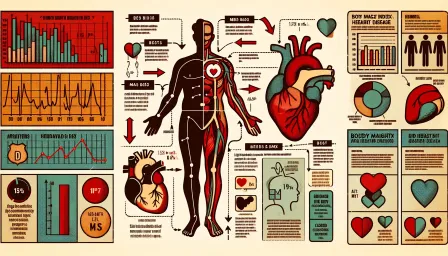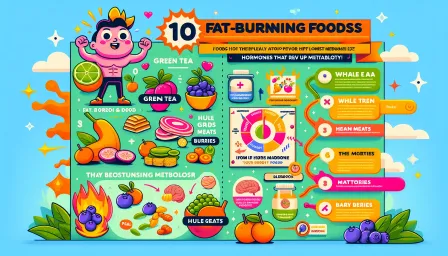Transform Your Relationship with Food: The Ultimate Mindful Eating Workbook

Discover how to transform your relationship with food using the ultimate mindful eating workbook. Learn practical strategies for mindfulness in eating habits.
The way we relate to food affects not only our physical health but also our mental and emotional well-being. In a world filled with dietary information and fast-food temptations, it's easy to become overwhelmed and disconnected from our eating habits. Enter the Mindful Eating Workbook, a comprehensive guide designed to help you transform your relationship with food through mindfulness. This article explores the benefits of mindful eating, actionable tips from the workbook, and reasons why this approach stands out.
What is Mindful Eating?
Mindful eating is a practice that involves paying full attention to the experience of eating and drinking, both physically and emotionally. It is about being present during meal times, savoring each bite, and listening to hunger and fullness cues. The goal is to develop a healthier, more harmonious relationship with food.
Benefits of Mindful Eating
Improved Digestion
By eating slowly and chewing thoroughly, mindful eaters often experience better digestion, as this process allows for more efficient nutrient absorption and reduces digestive discomfort.
Better Weight Management
Mindful eating encourages better portion control and helps individuals recognize true hunger versus emotional eating, potentially aiding in sustainable weight management.
Enhanced Enjoyment of Food
Mindful eating allows for a deeper appreciation of flavors, textures, and the overall eating experience, making meals more satisfying and enjoyable.
Reduced Stress and Emotional Eating
Through mindfulness practices, individuals can become more aware of their emotional triggers and develop healthier coping mechanisms, leading to reduced stress-related and emotional eating.
Key Components of the Mindful Eating Workbook
Self-Assessment Tools
The workbook includes self-assessment quizzes and questions that help you understand your current relationship with food and identify areas for improvement.
Guided Mindfulness Exercises
Step-by-step mindfulness exercises are provided to help you develop and sharpen your mindful eating skills. These exercises range from basic breathing techniques to advanced mindful eating meditations.
Food Journaling
Maintaining a food journal is an essential part of the workbook. It encourages you to document your eating habits, emotional states, and hunger levels before and after meals, fostering greater self-awareness.
Practical Tips and Strategies
The workbook offers practical tips for integrating mindfulness into daily routines, including mindful grocery shopping, meal planning, and dealing with cravings.
Getting Started with the Mindful Eating Workbook
Setting Intentions
Start by setting clear intentions for why you want to practice mindful eating. Define personal goals that are specific, measurable, and achievable.
Meditation and Breathing Techniques
Incorporate simple meditation and breathing exercises into your daily routine to enhance your overall mindfulness, which will naturally extend to your eating habits.
Begin with Small Changes
Rather than overhauling your diet all at once, make small, gradual changes to your eating habits. Focus on one meal or snack at a time, and practice mindfulness in that context until it becomes a habit.
Stay Consistent and Patient
Mindful eating is a journey, not a quick fix. Consistency and patience are key. Regularly revisit the workbook's exercises and tips to stay on track and deepen your practice.
Conclusion
The Mindful Eating Workbook is a powerful tool that can help you transform your relationship with food by promoting mindfulness in every bite. With its comprehensive approach, it addresses the root causes of unhealthy eating habits and offers practical solutions for long-term change. By embarking on this journey, you can achieve a healthier, more balanced, and enjoyable relationship with food.



























